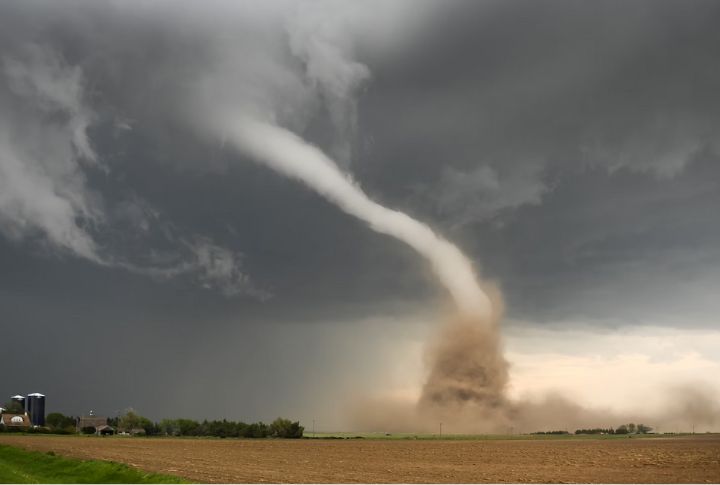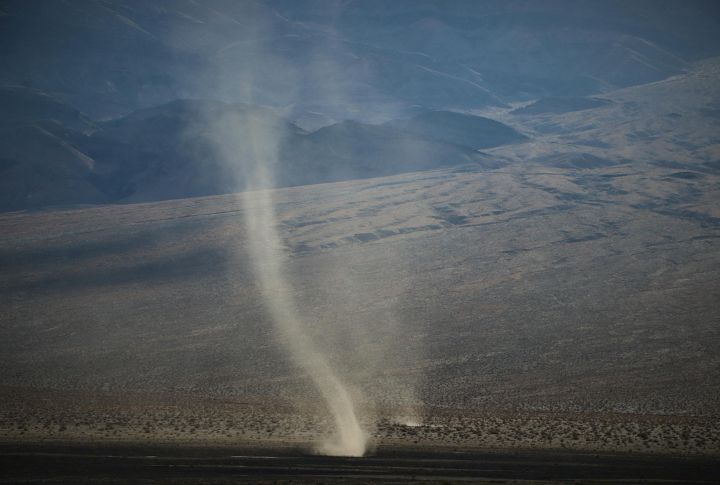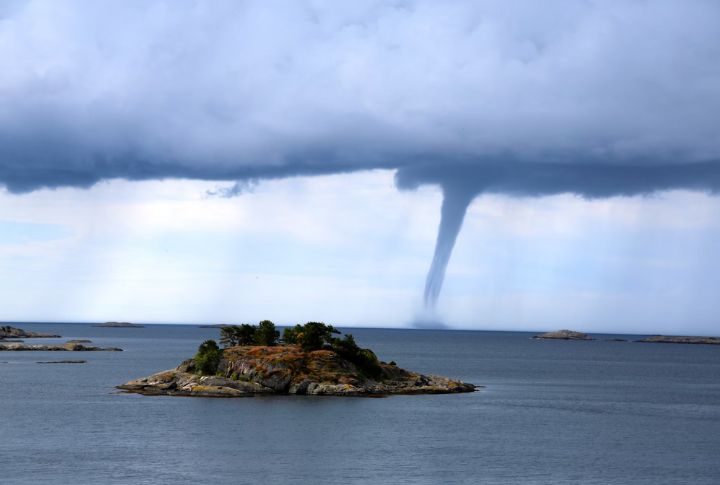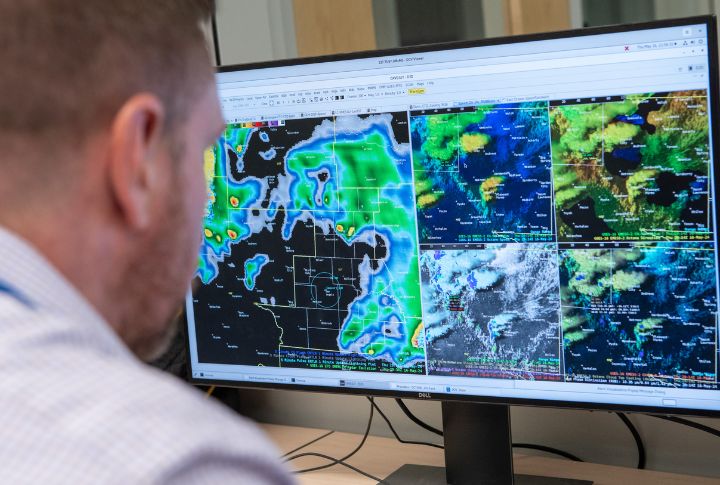
Tornadoes, nature’s most violent storms, can release winds exceeding 200 mph. The United States experiences more tornadoes annually than any other country, which makes understanding these phenomena vital. Starting with the notorious Tornado Alley to the advancements in detection technology, each slide presents a unique facet of these formidable storms. Stay informed and prepared by exploring these essential tornado facts.
Tornadoes Can Travel At Remarkable Speeds

Some tornadoes move with astonishing speed. For example, the Tri-State Tornado of 1925 tore across the landscape at an average speed of 62 mph and even surged to forward speeds of 73 mph at its fastest. Such rapid movement can catch communities off guard, emphasizing the need for prompt warnings.
Tornadoes Can Change Direction Suddenly

Most tornadoes follow a general path, but sudden shifts in direction are possible and dangerous. Some have been known to veer without warning, making it harder to predict their movement. This unpredictability is one reason tornado safety guidelines stress staying alert and not relying solely on past storm paths.
Tornado Alley Is A High-Risk Region

Tornado Alley doesn’t appear on a standard map, but meteorologists know it well. Texas, Kansas, Oklahoma, and Nebraska sit at its heart, where warm, moist air meets cooler, drier currents. It’s a meteorological reality and not a myth, and it creates the highest concentration of tornadoes in the country.
Peak Tornado Season Occurs In Spring

Spring brings more than flowers—it’s also peak tornado season in the U.S., particularly from April through June. May typically delivers the most twisters, while April often brings the strongest. Atmospheric instability during this period triggers the most dangerous storms of the year.
Tornadoes Can Be Difficult To See At Night

Nighttime tornadoes pose unique challenges. Their reduced visibility increases danger, as they can be obscured by darkness or rain. This makes it harder for individuals to spot them, underscoring the importance of reliable warning systems during nocturnal hours.
Tornadoes Can Form Rapidly And Without Warning

Forecasting tools have improved, but tornadoes can still develop with shocking speed. Some form in under 10 minutes, which only provides a little reaction time. While the average warning lead time is 13 minutes, unexpected changes in storm behavior can shrink that margin even further.
Supercell Thunderstorms Often Produce Tornadoes

Not every storm can spawn a tornado, but supercells are built for it. These thunderstorms feature rotating updrafts called mesocyclones, and that makes them prime tornado factories. They’re long-lived and responsible for nearly all of the most damaging tornadoes across the United States.
Tornadoes Vary In Size And Duration

Some tornadoes are narrow like a funnel, others wide as a small town. Their lifespans range from fleeting touchdowns to over an hour of sustained contact. The widest ever recorded—the 2013 El Reno tornado—spanned 2.6 miles. These extremes show just how unpredictable each tornado’s shape and lifespan can be.
Tornadoes Can Occur Over Water As Waterspouts

Tornadoes aren’t confined to land; they can also form over water, known as waterspouts. These phenomena are common in coastal regions and can pose risks to boats and coastal areas. Though often weaker than land tornadoes, strong waterspouts can still move ashore and cause real damage.
Advances In Technology Improve Tornado Detection

Radar once offered vague alerts—today, it helps spot tornadoes before they touch down. Doppler systems can detect rotating winds inside storms, which give forecasters crucial minutes to issue warnings. Thanks to this tech evolution, tornado-related fatalities have steadily declined over the last few decades.

